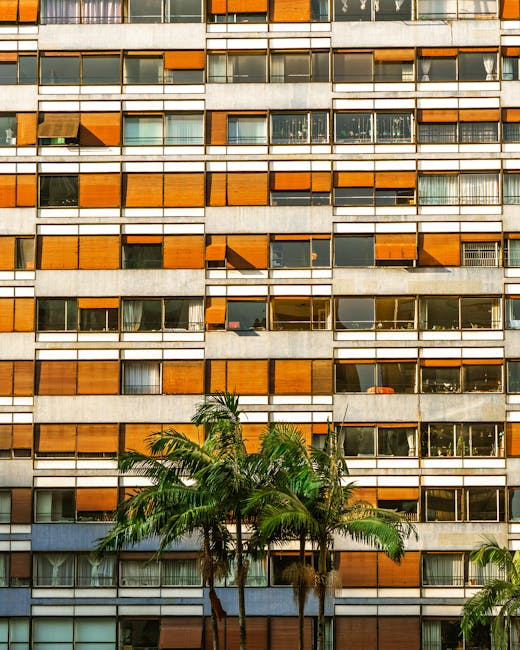Why Lighting Makes or Breaks Outdoor Living Design (And How to Get It Right)
Introduction
Outdoor living spaces have become extensions of our homes, places where we relax, entertain, and connect with nature. However, a beautifully designed patio or deck can quickly fall flat if the lighting isn’t right. Lighting is more than just illumination; it’s a crucial element that shapes ambiance, enhances safety, and defines the overall appeal of your outdoor area. This article delves into why lighting can truly make or break your outdoor living design and provides practical tips for achieving lighting perfection.
The Power of Outdoor Lighting: Making or Breaking Your Design
Creating the Right Ambiance
Imagine stepping onto a patio bathed in harsh, glaring light. It’s unlikely to feel inviting or relaxing. The right lighting, on the other hand, can transform your outdoor space into a cozy haven. Think soft, warm glows that mimic candlelight or strategically placed spotlights highlighting architectural features. Ambiance is everything when it comes to creating an outdoor oasis you’ll want to spend time in.
- Warm vs. Cool Light: Warm light (2700K-3000K) creates a cozy and inviting atmosphere, perfect for relaxation. Cool light (4000K+) is brighter and more functional, suitable for task lighting.
- Layering Light: Combine ambient, task, and accent lighting for a dynamic and visually appealing space.
- Dimming Capabilities: Installing dimmers allows you to adjust the light intensity to suit different occasions and moods.
Enhancing Safety and Security
Outdoor lighting plays a vital role in safety and security. Well-lit pathways prevent trips and falls, while strategically placed lights can deter potential intruders. Consider lighting key areas like steps, walkways, and entrances to ensure safety after dark.
- Pathway Lighting: Install path lights along walkways to guide guests and prevent accidents.
- Security Lighting: Motion-sensor lights can deter intruders and provide added security.
- Step Lighting: Illuminate steps to prevent trips and falls, especially in poorly lit areas.
Highlighting Architectural Features and Landscaping
Outdoor lighting can be used to showcase the best features of your home and garden. Uplighting trees, highlighting architectural details, or illuminating water features can add depth, dimension, and visual interest to your outdoor space. Consider using spotlights or floodlights to draw attention to specific areas you want to emphasize.
- Uplighting: Position lights at the base of trees or shrubs to create a dramatic effect.
- Downlighting: Mount lights high up to cast a gentle glow over a wider area, mimicking moonlight.
- Spotlighting: Use spotlights to highlight specific architectural features or landscaping elements.
Extending Usability and Functionality
With the right lighting, you can extend the usability of your outdoor space well into the evening. Well-lit dining areas, cooking stations, and seating areas allow you to enjoy your outdoor space long after the sun goes down. Think about how you plan to use your outdoor space and tailor your lighting accordingly.
- Dining Area Lighting: Install overhead lighting or string lights to create a festive atmosphere.
- Cooking Area Lighting: Use task lighting to illuminate cooking surfaces and ensure safety.
- Seating Area Lighting: Opt for soft, ambient lighting to create a relaxing and inviting space.
How to Get Outdoor Lighting Right
Planning is Key
Before you start installing lights, take the time to plan your lighting design carefully. Consider the layout of your outdoor space, the activities you’ll be doing there, and the overall aesthetic you want to achieve. Create a lighting plan that addresses all of these factors.
Choosing the Right Fixtures
Select fixtures that are appropriate for outdoor use and that complement your outdoor décor. Look for fixtures that are weather-resistant, durable, and energy-efficient. Consider the style, size, and finish of the fixtures to ensure they blend seamlessly with your outdoor space.
Professional Installation
If you’re not comfortable installing outdoor lighting yourself, it’s best to hire a professional. A qualified electrician can ensure that your lighting is installed safely and correctly, and that it meets all local building codes.
Conclusion
Outdoor lighting is a critical element of outdoor living design that can significantly impact the ambiance, safety, and usability of your space. By carefully planning your lighting design, choosing the right fixtures, and prioritizing safety and functionality, you can transform your outdoor area into a stunning and inviting extension of your home. Don’t underestimate the power of light – it can truly make or break your outdoor living experience.














Post Comment